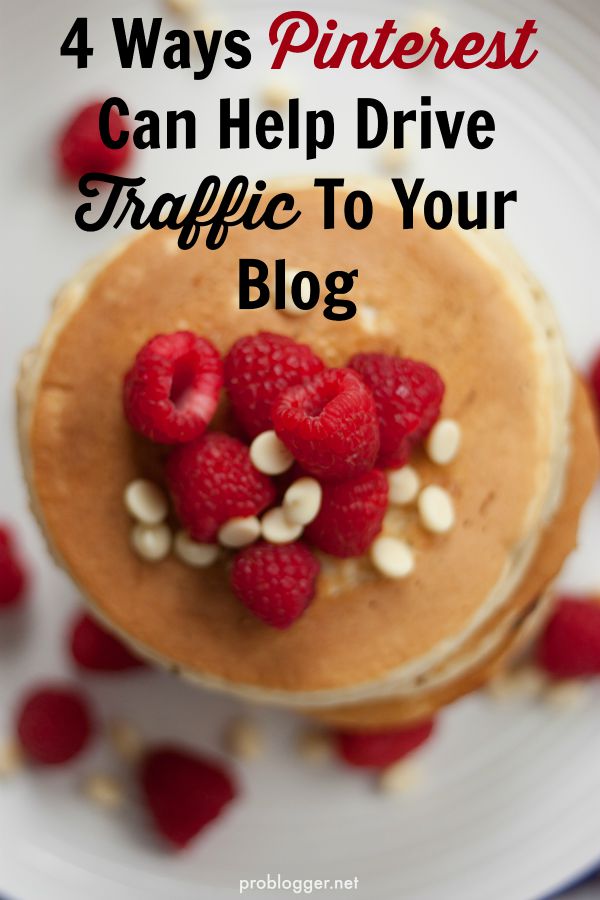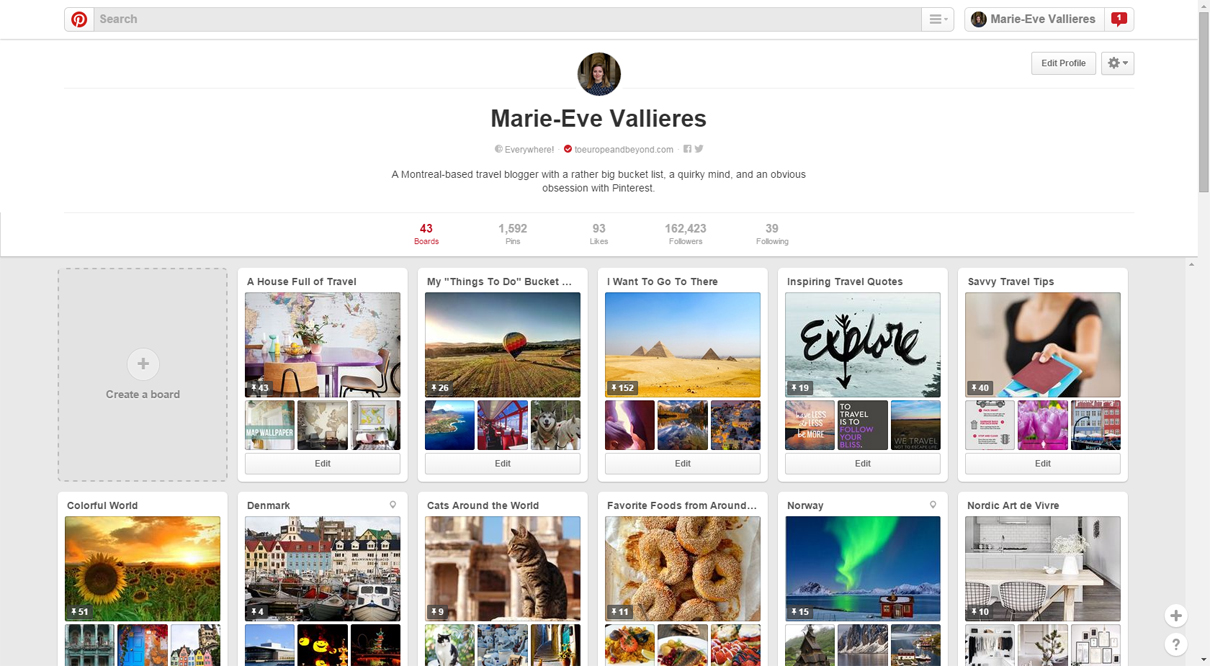When Heather Armstrong from Dooce decided to wind back blogging after 14 years, it became headline news – New York Magazine even ran a piece called “Dooce Talks Life After Mommyblogging“, which gave us a glimpse into how someone so successful could leave that life behind.
Heather needs little introduction – she’s a Trivial Pursuit answer, Queen of the Mommy Bloggers, an author, a speaker, a consultant, and a gal who’s come a long way from that day in 2002 when she was fired for what she wrote on her blog about her workplace.
Since 2004 Heather has worked full-time on the site, which garners up to two million pageviews a month. In April this year, she announced she was getting back to her roots: writing for the love of it, sharing stories, being honest about the unInstagrammable moments of which every day is made. Instead, she would be earning an income elsewhere, by speaking, writing and consulting, and the blog would be just that – a blog.
“Many friends who know about all the changes in my life have asked, “So, what will happen to dooce®?! Will you shut it down? What is your last post going to say?” And I always stand there and shake my head. I have no intention of shutting this space down. There are too many memories in these pages, and frankly, I still like to write stories. I still have a few contracts that I need to see to completion, and I will continue posting here. But eventually I’d like to get back to the reason I started “living online” in the first place: writing for the love of it, writing when the story inside is begging to be told.”
I chatted on the phone to her a little while ago to find out what life was like when you take the “must” and the monetization out of blogging, and just blog for the pure joy of it (tweet that!). What is it like to wind down a commercial machine and broaden your income horizons elsewhere? Is this the new normal?
I think you’ll like what she had to say…
Did you ever have a feeling one day your blog would end or slow down, or did you just blog without the future in mind?
I didn’t think of an end date in the early days, I just thought it was going to be a hobby. I was just going to write stories until forever. That was my scrapbook – I didn’t think about the possibility it was going to turn into the seven-headed monster that it has become.
Lots of people start blogs about their life musings, but why do you think yours was one of the ones that stood the test of time?
I was very lucky in the sense that I got on very early, I was one of the first ones. I think the reason it caught on and has been so successful is because I was very true to myself in the first place. People are drawn to my irreverence, they think it’s raw. My blog is not is not fine reading, it’s not high thought, its conversational, day-to-day how you would talk to your girlfriends. It at least makes people think, to a large degree. I am opening the heart of who I am and how I feel and that that has carried me through the ups and downs and valleys and peaks.
I assume writing and chronicling your life has become such a part of you – How do you walk away from your entire adult life published on the internet?
No actually, I never really did it. A big part of mormon culture is journaling. I kinda failed at that. One of the few points of mormonism I failed at, as I excelled at every other point!
In college I found myself excelling at writing. I knew I kinda liked to write. There was an underground newspaper I found out about, and I wrote several articles for this newspaper, and I realised people thought it was funny. I went to England in my senior year of college and I used to write letters back to roommate that would make her laugh.
I really just write with the idea: “how can I get my girlfriends to laugh on a Friday night?”
When did you know it was time to move on?
How do I even sum that up?
There’s been a huge shift in the industry since 2011. Nowadays you just cannot make a living off of banner advertising, you have to do sponsored posts. That kind of writing and selling alone with stories of your family will definitely take a toll on anyone who writes about their family for a living.
I don’t want to involve myself any more, and stage an event that I then have to write about later. That’s when I started looking for an exit strategy.
How does it feel to be the only person filling your publishing schedule – what kind of a toll does that take on you?
There has been dissatisfaction for about three years, but only since my ex-husband moved to New York has my publishing schedule changed. Once it was just me at home with the children, I no longer could keep up with the schedule I had in place before he left. I was the only one to take care of it. I often had to stop blogging when my kids were sick or needed me, so my publishing went down by about 30% because I had kids to take care of. It’s very difficult to be a single parent and a business owner.
With a personal blog, you just can’t delegate yourself to someone else. I always say if you want to make money from blogging, get into fashion or DIY blogging – They can have a team of people working on them, but I cannot delegate my persona, my tone, my conversational writing, I can’t have someone else take on many of the tasks that need to be done.
People noticed when I published less often, and and complained, but I was like: “what do you want me to do? My kid is sick, and this is the third day in a row I have to take off. There’s only so much I can do with a laptop while I’m sitting with my feverish daughter on my lap”.
It meant that I was panicking to come up with content – what can I do? What can I write about this week?
How much do you think the pressure of publishing schedules has contributed to lots of bloggers either burning out or giving up in favour of something less relentless?
I would say from the conversations I’ve had with other people in my situation, the publishing schedule has been 85% of it. Bloggers are on a hamster wheel which is going faster and faster and faster.
I don’t know a single blogger who even enjoys it any more. There was a time when we loved every minute of it, we would gush and say oh my god, we love it. Now we say there’s times when we still love parts of it, but nobody sits down at the end of the day and pours a drink and says “Oh I had the most glorious day”. There are only now parts of it we still enjoy but there’s not that enthusiasm for the whole thing any more.
Do you think too the move away from storytelling and into more curated posts have been a part of that? Where once we could write without wondering if we were being useful or if we could be attractive to brands?
Storytelling is much harder than what’s going on now. It’s so much harder than an outfit post with a couple of links and “here, make your affiliate money”. It’s easy because brands know you’re not going to cuss or bring in a racist angle or anything that will cause trouble. It’s so vanilla. What it’s became now is just – it’s flatlined. I mean, I love Instagram as much as anyone else, but it’s homogenised, curated – no-one shows any of the dirty, no-one shows any of the real. Like, if I see one more latte art, a meal on the table taken from overhead… it’s just so tiring that way for someone who consumes this kind of media, and I do consume this kind of media. But I do love a bigger story.
I think what it’s done its that Instagram, Twitter, and Facebook has killed blogging. It put a knife into it and let it bleed out. With a story on a blog, you have to get past the first two or three sentences, and people are like “I’m out”.
What about things like having to ensure our headlines show up in search results, and crafting intros that hook the reader in, that sort of blog post creation?
That’s not blogging, that is journalism. That’s not the heart of blogging, it is not about that at all. This has all turned into something we never intended it to be. Those of us who were writing at the start, we never intended it to look like this at all. Did we ride the wave of this success? Absolutely, but now we’re on the other side having to worry about SEO and “is my headline going to get picked up”?
Now, how do you disconnect now from that constant feeling that you need to be online, chronicling everything?
I have spent the last 18 months of my life in an absolute panic. Sunday evening would come around and I’d be on a voxxer conversation with colleagues and we’d have our weekly panic meeting, all of us having no clue about what they’re going to post this week. “My child has this and this and this all week, and I have this meeting and now I have to publish in between all that”. I hate this.
It’s not like just walking into a job every day, it’s so different. I was talking to someone recently, and they asked if there was a segment of the population that are ridiculous in terms of their criticism of what you do – and there is. It’s people with no kids who go to an office job.
I used to do that. I’d get in a car and drive 45 minutes to an office and I would browse the internet, and I would design things and I’d do that for 9-10 hours. Then I would go home and I’d have a weekend off, and I’d take a vacation. That’s not the reality of blogging, that’ doesn’t look like what we do.
Our work is everywhere. As I’m putting my child to bed and reading a book, my mind would wander off to what I’m going to publish, you know, like “oh this time I’m going to think of something different”.
I realised I can’t let it infiltrate my bedtime routine. I could walk away.
What advice do you have for people who are feeling the pressure and may one day walk away from it all if they don’t have more of a balance? How do you keep in check the raging beast that is a blog?
You’re gonna burn out, it’s gonna happen. Sooner or later, it’s gonna happen. I’ve been doing this for 14 years and I talk to people who are burning out after three – it’s happening. Now you have to do Pinterest and Facebook and Twitter, and each one of those audiences is very different. Taking care of each audience takes up its own time. This is what the Facebook audience wants, that sort of thing. Everything is at an accelerated rate because basically you have to take care of seven blogs.
I guess it all depends on whether you want to make money. If you do, you can get into a niche that is sustainable. Start a fashion or DIY blog and hire a team of people.
In 2004-5, I was the first personal website to take advertising. Now it’s why you start one. If you’re doing it for fun there’s nothing to worry about. If you’re looking to make an income, this is not a good way.
Explain how this massive change has had an impact on your days now. How do you feel?
I’m not there yet, I’m in the middle of transitioning. My specific situation is probably different to most, but I’m the only person who brings in money, I’m it. It’s me. I have to be hustling non-stop. I thought I was going to be able to take two or three weeks where I could not look at my laptop, but it’s not a reality for me. If you’ve got a partner with a good income, please do take that time for yourself. But the transition out for me is all about the hustle, it probably has increased my workload about 40%, but at least I’m not worried about “what pic of my dog am I going to post today?”. My audience wants to see my dog photos but I’ve taken every photo of my dog, ever.
What I’m thinking about is email – it’s still hustle, but in a different direction now, and I’m loving this new hustle. If l wasn’t travelling as much as I am right now, I’d be dancing with headphones on because [the changes] have been so amazing, I’m loving this.
One of the most important things I can do for myself, and the most feminist thing I can do for myself, and I can ask myself this as a white woman in America – is ask: “am I happy doing what I’m doing?”. I wanted to do something different. It’s terrifying but at the same time, I really need to be: “Heather, are you happy? what face are showing to your children? As their mother and as their feminist? What do you want to do to your children? What do you want them to learn about this?”
When you thought about moving on, did you know what you wanted to focus more on or did you mostly just want to move away from straight-up blogging, and find the answer later?
I wanted and do want to do much more speaking, that has always been a passion of mine. Here I have how many years of experience, and an untapped audience who have no idea who I am, but I have all these stories to tell. I mean, I still plan to write a story on the blog when the stories need to be told, but I can tell them in different formats now.
A lot of my blogging has been service-oriented on purpose – I’ve blogged about depression, I’ve blogged about maternal health, I’ve blogged about cancer. I say “I’ve encountered this, this is what is was like, and if there is anyone out there who feels this, I will advocate for you. Go do these things that I recommend, and feel free to reference this post if you go see your doctor”.
But with speaking… I gave a very small version of an upcoming talk to the audience at Alt Summit in Salt Lake City. I got up on stage and I don’t know… something happened. Maybe prayers to mom’s Lord kicked in, but I realized that the room wanted to hear what I had to say. I didn’t want the 20 minutes to end.
I was going to be ok.
So what do you think? Are you disillusioned with the turn blogging has taken? Or are you enjoying the new road? I’d love to hear!
Stacey is the Managing Editor of ProBlogger.net: a writer, blogger, and full-time word nerd balancing it all with being a stay-at-home mum. She writes about all this and more at Veggie Mama. Chat with her on Twitter @veggie_mama or be entertained on Facebook.
Originally at: Blog Tips at ProBlogger
Thinking of Quitting Blogging? What Dooce Did Next
The post Thinking of Quitting Blogging? What Dooce Did Next appeared first on @ProBlogger.
Thinking of Quitting Blogging? What Dooce Did Next August 5th, 2015Scott









